Invoice Payment Methods For Small Business: How to Get Paid Faster

Small businesses can offer their clients a range of invoice payment methods to help them get paid faster for their services and attract new business. It’s important that businesses select payment methods that work for their specific business model and meet the needs of their customers. You should clearly list your accepted payment methods on all your invoices, within the payment terms section of the document. That way, you can avoid confusion among your clients, which can slow down the payment process.
These topics introduce the most common and convenient invoice payment methods for small businesses:
What Are the Different Types of Payment Methods?
How to Choose Your Payment Methods
What Are the Different Types of Payment Methods?
There are a variety of payment methods small businesses can accept to receive payment for the invoices they create. The Small Business Administration has a helpful guide to payment methods. Some of the most popular payment methods include:

Cash
Cash is often the preferred payment method for brick-and-mortar stores, since there are no transaction fees or processing times associated with it. However, cash is the least secure payment method. It’s vulnerable to theft and loss. Businesses that accept cash are also more likely to have their taxes audited, because there’s less of a paper trail associated with cash. If you receive a cash payment of $10,000 or more, you need to report it to the IRS.
Check
Checks remain one of the more popular payment methods for small, service-based businesses. They’re cheap to accept and less vulnerable to theft than cash. Checks aren’t a very secure method of payment though, since you never know whether the bank account associated with the check you receive has sufficient funds to cover the payment. If a check you cash does bounce, it can hurt your cash flow and you might owe fees to your bank. Checks can also take several business days to clear, meaning you might not get access to your money right away.
Credit Card
Credit cards are a convenient payment method that offer certain levels of security protections. To accept in-person credit card payments, you’ll need to set up a merchant account through a bank or a payment processing service provider. You will be charged a transaction fee every time you accept a credit card payment from a customer. However, you can pass on this charge to the customer. For more information follow our guide on Adding Credit Card Fees to Invoices.
Bank Transfer
You can request direct transfers from your client’s bank account to your business bank account, which is also called an ACH credit transfer. To accept bank transfers from your clients, you’ll need to provide them with some of your banking information, including your routing and account number. Bank transfers are simple, quick and free to send. They’re a secure option for accepting payments from your clients.
Online Payments
You can accept online payments by credit and debit card to let clients pay their bills quickly and securely. To accept online payments you’ll first need to sign up for an online payment gateway, such as PayPal or Stripe. If you use a cloud-based accounting solution, you likely have the option to accept online payments directly through your accounting software. Online payments are quick to process and you’ll usually receive the payment in your business account within a couple business days. It’s also a secure payment method that protects you and your client. You will need to pay transaction fees each time you accept an online payment. If you want to learn more about the charges and the setup process of online payment, read our article on how to set up online payments for small businesses.
Mobile Payments
Mobile payments are a convenient payment option, particularly for businesses that conduct their work on site, such as contractors and landscapers. To accept mobile payments, you’ll need a mobile payment reader that attaches to your smartphone and processes payments through an app, such as Square. Mobile payments are a fast payment option and you’ll receive the payment in your bank account within a few days. You’ll be charged a transaction fee for each mobile payment transaction you process.
Automatic Payments
If you have clients who pay a set amount on a set schedule, you can accept automatically recurring payments to get paid faster for your services. Automatic payments charge clients a specific amount on a specific day each month, with the client’s permission. It’s a convenient option for your customers, because they can set a payment schedule and forget about it. You can accept auto payments through your online payment gateway or through your accounting software. If you need more assistance in setting up automatic payments, consider reading our article on how to set up automatic payments for your business.

How to Choose Your Payment Methods
All the payment methods available for small businesses have advantages and setbacks. You’ll need to evaluate your options to choose the payment methods that work best for your business model. Here are some considerations to take into account when choosing your business’s payment methods:
- Cost: When evaluating a payment option, consider how much it will cost your business to use it. Many of the credit card processing options charge transaction fees every time you accept a card payment. There are also additional costs associated with payment methods that require hardware, like in-person credit card payments and mobile payments.
- Security: You should consider how secure the payment method is, both for the sake of your business and for your clients. Cash offers businesses low security, since it’s vulnerable to theft and loss. Online payments offer high levels of security and encryption to protect your client and ensure you receive the payment.
- Convenience: Think about how easy it is to accept each payment method. Checks, for example, require you to make a trip to the bank to deposit your money and the bank will often put a hold on the payment for several days, so you won’t have immediate access to your payment. Online payment options require almost no work on your part and the money will appear in your bank account within a few days.
- Client Preferences: It’s important to take into consideration your clients’ preferences when you’re choosing your payment methods. You can ask clients informally when meeting with them to see if they prefer a specific payment method for billing, or you can survey your clients by email to see how they prefer to pay their bills.
RELATED ARTICLES

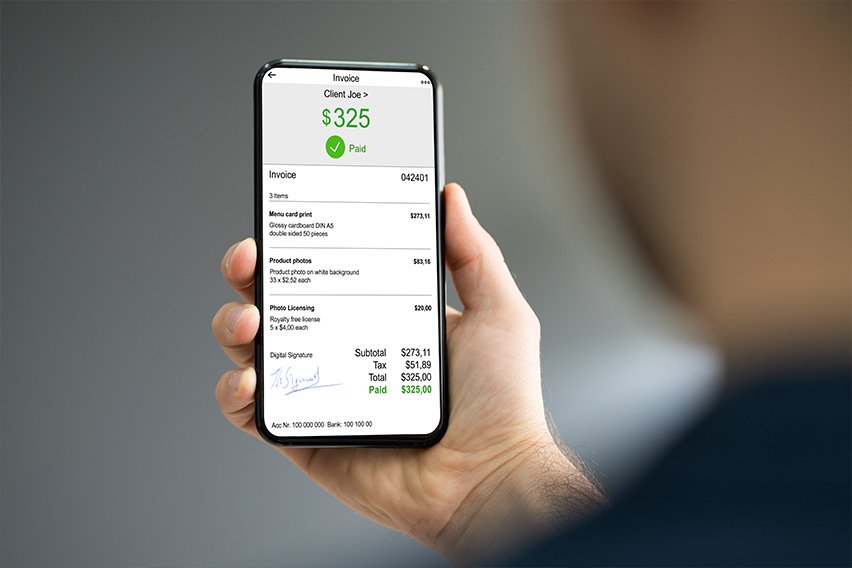 How Partial Payment Invoice Helps to Get Paid Upfront Payments
How Partial Payment Invoice Helps to Get Paid Upfront Payments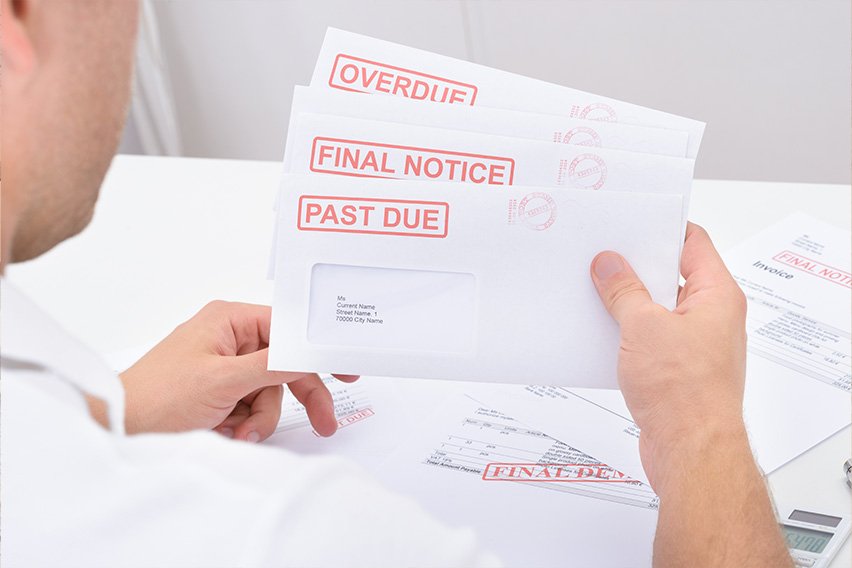 How to Collect Money from Clients Who Won’t Pay
How to Collect Money from Clients Who Won’t Pay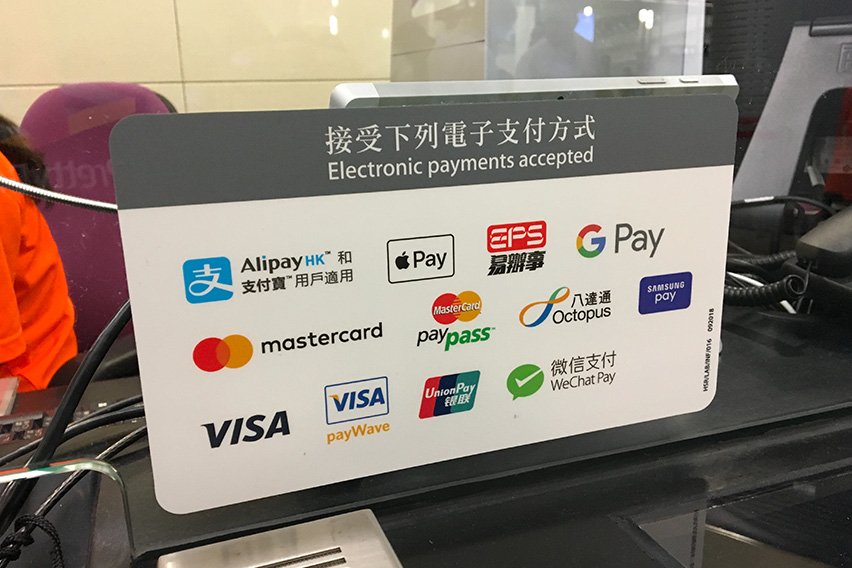 How to Set Up Automatic Payments for Your Business
How to Set Up Automatic Payments for Your Business Online Payment Methods For Small Businesses: How to Choose
Online Payment Methods For Small Businesses: How to Choose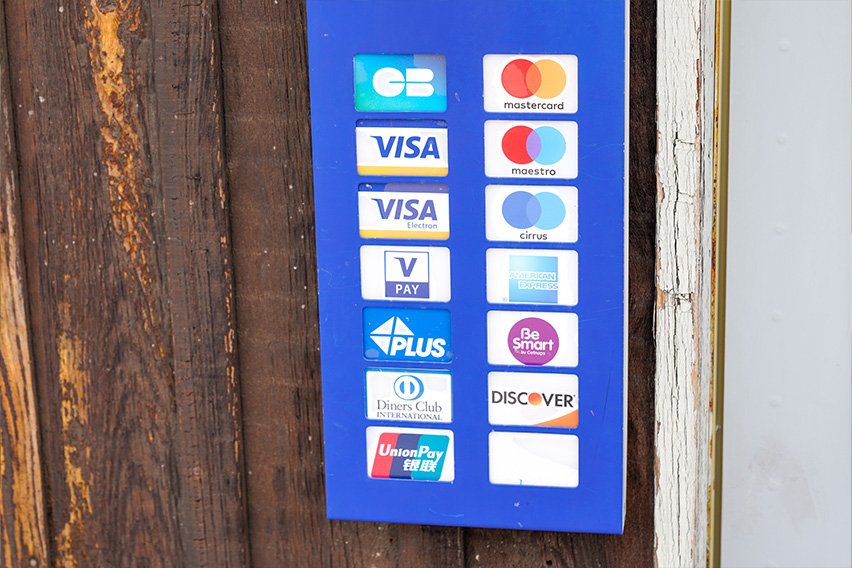 Invoice Payment: What It Is, Effective Methods and Tips
Invoice Payment: What It Is, Effective Methods and Tips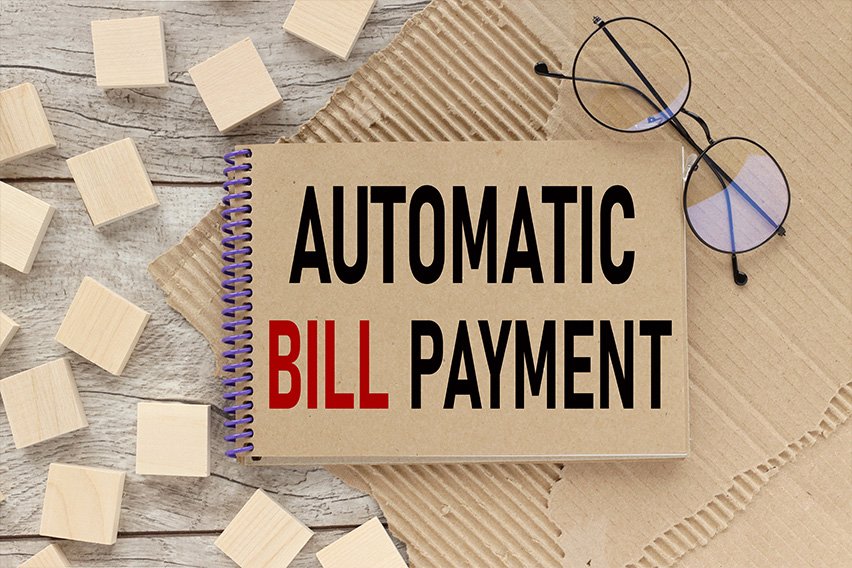 Automatic Bill Payment: What It Is, How to Set It Up, Pros and Cons
Automatic Bill Payment: What It Is, How to Set It Up, Pros and Cons